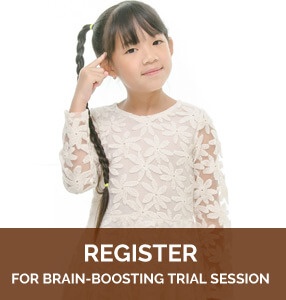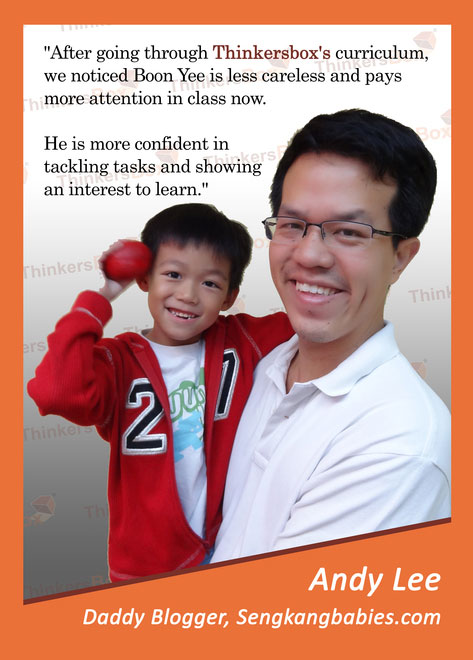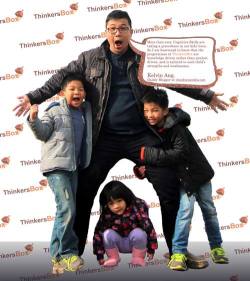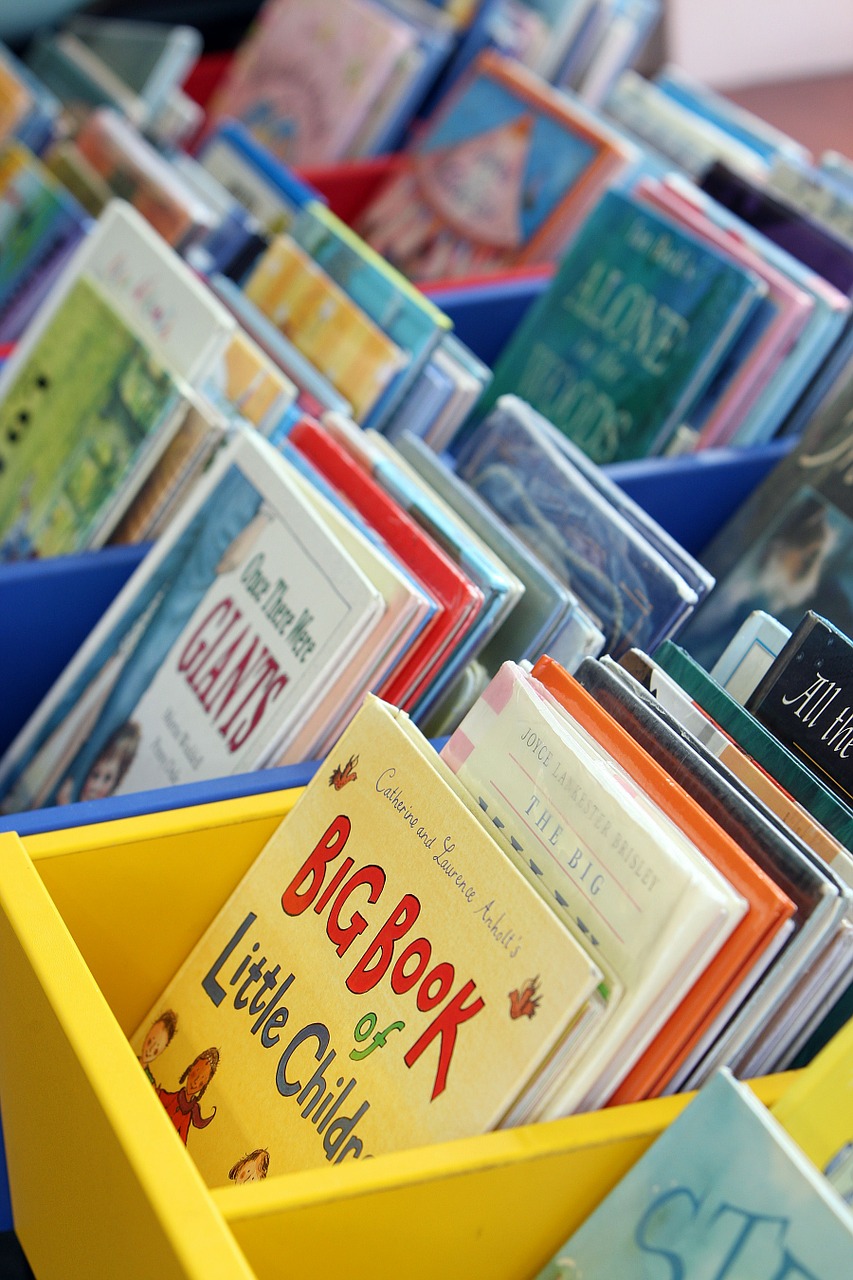
Picture books are extremely important to young children. They spark off interest with all the wacky colours and provide a link to the meaning of words. For example, those scratch and sniff books that you see so often, or perhaps books with furry lining for different animals, they all have their purpose. Children aged 2-7 are in their critical years of development, and due to the lack of understanding for complex words and actions, they learn mainly interaction, which is through sensory processing. Essentially, picture books are the foundations for reading for children. Simply put, they are thoughts put into words and picture for easier visualisation and comprehension.
An adult might be eager to move the child on to words with more literature and words, but this takes encouragement and time. While eager for their child to fit into competitive academic world, the love of reading should be cultivated and not enforced on children. Pope (2012), mentioned that pressure from advancement can compromise on performance, where it diminishes a child’s love for reading and unfortunately, may backfire and withhold the child from achieving.
What exactly do picture books offer?
- Relation between words and pictures
- Room for imagination
- Identification of characters
- Exploring of new ideas
- Presenting of story in a direct manner
- Stimulate curiosity and asking of questions
- Expansion of vocabulary and knowledge
- Rhyming and repetitive pattern, supports language development
Quoting Jalongo, p.3:
Margaret Meek (1991) points out, “Picture books are not simply privileged reading for or with children. They make reading for all a distinctive kind of imaginative looking”.
Eccles (2011) adds on that parents were found to engage more words and complex sentence structures when trying to form the storyline with their children when reading picture books. Contrary to belief, picture books do teach children about language, and the plus pointer is that there is no factor that holds them back, no specific vocabulary that binds them.

Jalongo and others (2002), also highlights that through interpretation of picture books, children not only develop the story. Children expand their cognitive skills while they are learning how to grasp the sequencing of the plot andpracticing the verbal or written storytelling skills. In turn picture books provide support to learners who have yet to recognise words and as a result instil confidence in them as creators and writers.
Picture books may not be wordless, but they do allow room for exploration. Some examples include ‘Spot the Dog’ which often teach of moral values, with a spinoff into an everyday adventure. Others include Aesop fables such as the ‘The Town Mouse & The Country Mouse’, which teaches values. Famous children books such as ‘Green Eggs & Ham’ by Dr Seuss, gives children room for imagination.
Who could imagine green eggs and ham?
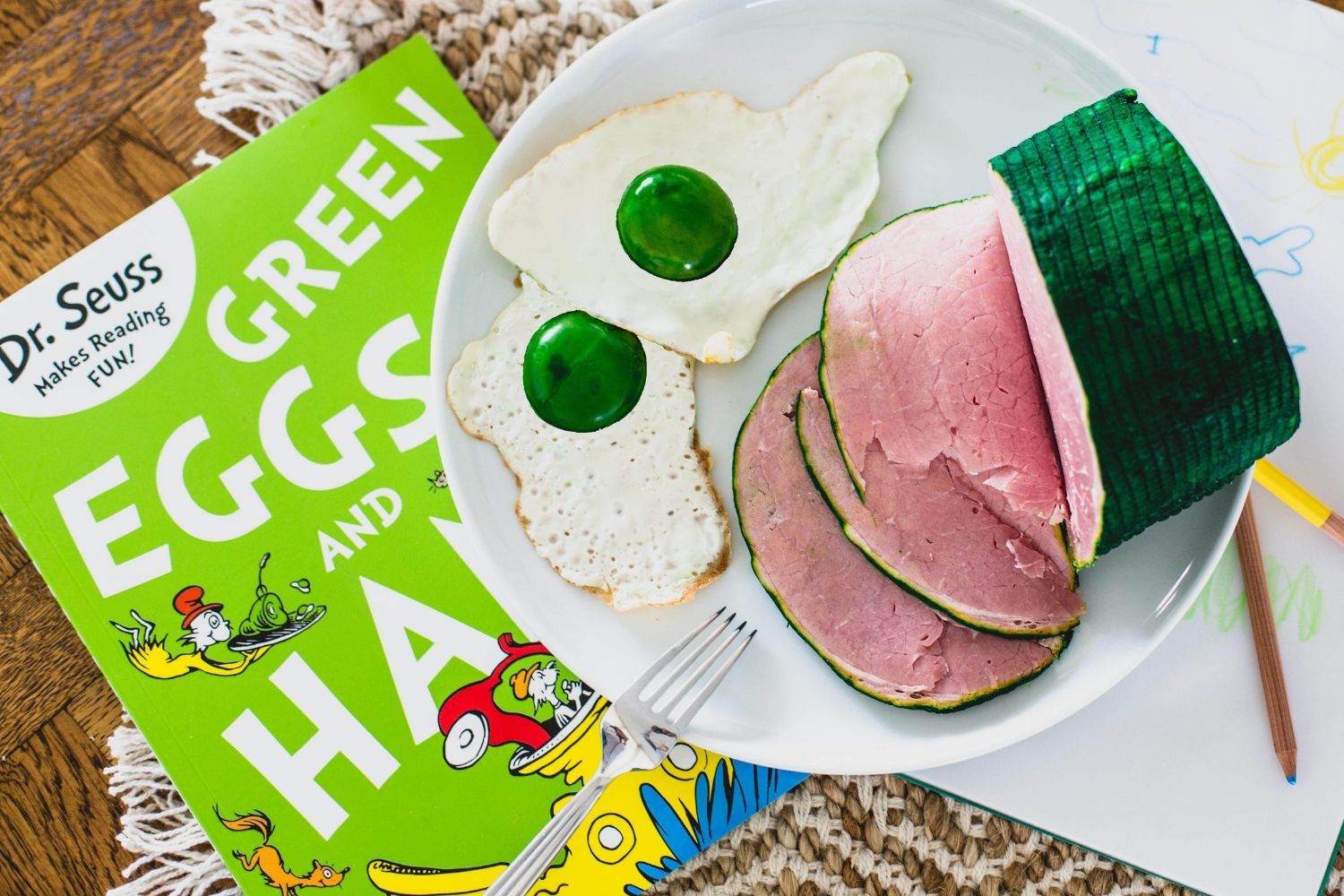
To credit: https://www.kidspot.com.au/kitchen/recipes/green-eggs-ham-recipe-book-week/s596gw17
The question is ‘Why Not?’
As children grow, they gain a wider vocabulary. A little picture cannot harm them, and certainly can grow their interest and fervour for reading. Some classics such as Enid Blyton series, and Boxcar Kids series will certainly enliven the reading experience. Enjoy a good book today, and be absorbed into the wonders of creation through a good read.
What has your child been reading?



